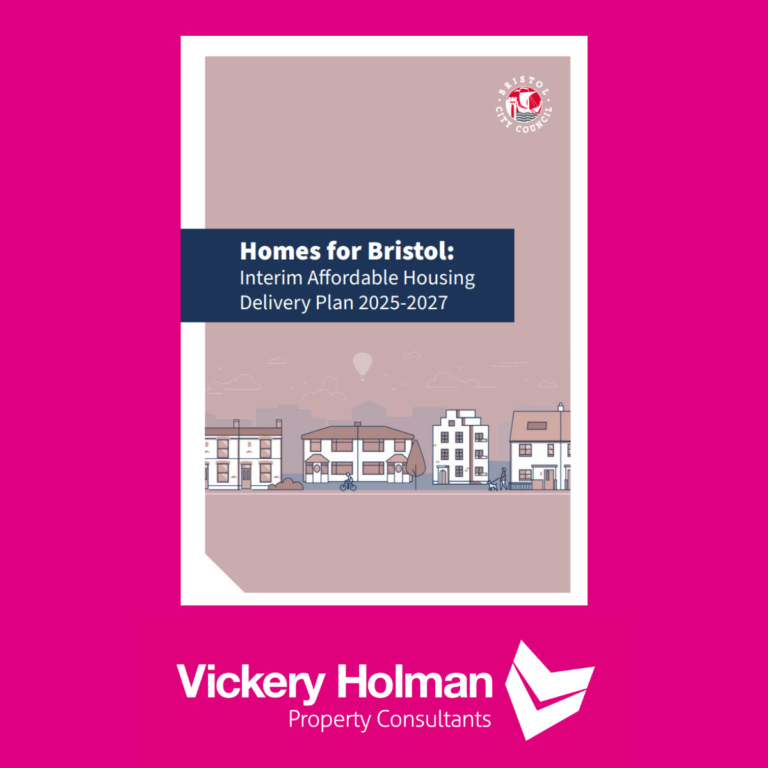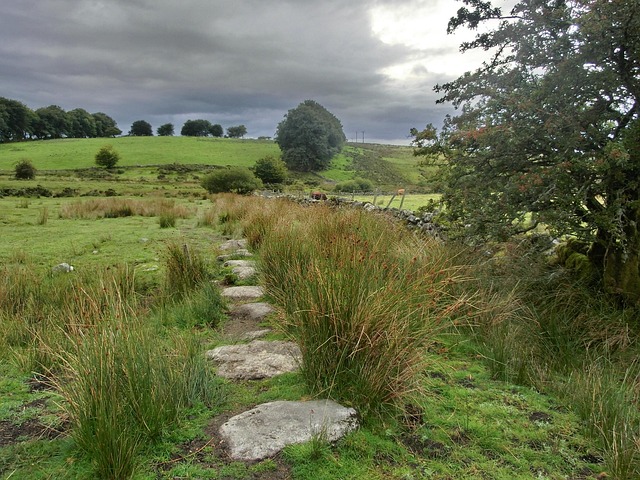Despite the obvious challenges facing the development market and wider economy in general across the South West, the housing market has remained resilient. This has been partly due to successful government intervention in the form of help to buy and the stamp duty holiday as well as the South West emerging as one of the most in demand locations for those looking to move over the pandemic.
Whilst we saw many development sites having to close completely or forced to operate at reduced capacity due to social distancing and isolation measures, housing delivery has been sustained close to the record highs we’ve seen in recent years.
Research from the House Building Federation indicates that activity across the first quarter of the year have been driven by increases in both private and social sector approvals. The number of units approved during the first quarter rose by 9% against the previous three months but was 11% down on the strong performance seen during the first quarter of last year.
While the housing supply increases of the past few years have been impressive, they have been driven primarily by a relatively small group of larger builders. Meanwhile, small to medium builders continue to be hit by a growing list of challenges.
The post pandemic world has brought with it new challenges for the sector. We have seen increasing supply chain issues with demand for new sites continuing to outstrip supply as well as materials and skills shortages.
And again we have seen a significant shift in occupier demand for homes following the experience of lockdown and it appears that new schemes must move away from more traditional high density schemes and towards more environmentally and economically sustainable, spacious homes with outdoor space.
Migration to the South West
The experience of those lockdown periods during Covid are still fresh in the memory and what this has also meant in terms of changes to our working and social patterns means that the development sector’s role has rarely been more important or under the spotlight.
The significant migration of those from areas outside of the South West over the past 18 months has shown quite clearly that the market is ready to travel geographically beyond a level we would have expected before. The schemes I have been involved with across the South West over the past 18 months have been supported primarily from buyers outside the local area and indeed the South West. It is now possible to work in London and earn a London wage whilst living in a rural area in north Devon where your money will get you significantly more.
Energy Crisis impacts
The evolving energy crisis caused by the war in Ukraine is now at the forefront of most people’s minds. It’s no exaggeration to say that for most the costs of running and maintaining a home will now be as important as where it is and what it is. Affordability and general inflation have rapidly and unexpectedly increased the cost of living and well…winter is coming.
This isn’t to say that environmental sustainability has not been an important factor for many buyers, but as with these things, this is usually only an achievable aspiration for the upper end of the market.
Now it seems that whether or not you buy into climate change we are now all in the same boat when it comes to driving the way we get our energy and how much we use.
This is good news for the development market, recent research undertaken by Savills indicates that new homes achieve on average a B rating on their EPCs in comparison to second hand stock which achieves on average a D rating. There is estimated to be, on average a 55% saving from annual core energy costs and with the average energy bill forecast to increase a further 32% in October when the energy cap is revised, brand new homes will save the homeowner in the region of £4,900 alone over the first five years of a purchase, should energy prices remain high.
From a supply perspective the impending Future Homes standards is adding the list of things to think about with the aim of improving energy efficiency by 85% for new homes and including measures such as the ban of the installation of gas boilers, all by 2025.
So…going forward, regulation and demand will now in tandem drive a sustainability led approach by developers. The market will be expecting tangible and measurable environmental and economic benefits when purchasing a new home. This will likely result in the emergence of a “green premium” for new homes and provides an opportunity for developers to get ahead of the curve in providing more than the minimum requirements for environmental sustainability.
It is clear that to support a successful, vibrant and sustainable new build housing market will require greater diversity in approach. The growth ambitions of smaller and medium-sized firms will be a key component in achieving this.
Planning Issues
The length of time being taken to register and decide on applications are the main issues we hear when speaking with our developer and housebuilder contacts. This is mainly due to a lack of resourcing in local authority planning departments and we have continued to see local authority budgets and expertise being reduced and stretched to breaking point. This was further exacerbated by the pandemic where there was a complete shutdown in progressing applications in many areas.
There have been continuing loud calls for hefty reforms to the planning system, but the governments white paper and the suggestions put forward in the last 6 months have caused more consternation from the industry than reassurance.
Development Levy
These include the introduction of a new development levy to replace S106 Agreements and CIL. We understand that he new Levy will be charged on the value of property when it is sold and applied above a minimum threshold. Levy rates and minimum thresholds will be set and collected locally, and local authorities will be able to set different rates within their area. The rates will be set as a percentage of gross development value rather than based on floorspace, as with the CIL at present. An interesting decision given the industry’s general apathy when it has come to the implementation of CIL.
In addition, it has been announced that Local authorities with up-to-date local plans will no longer need to demonstrate a five-year supply of housing sites in order to fend off speculative planning applications. Under the current system, decisions on major housing schemes in local authorities without a five-year supply of housing sites can often end up being judged on appeal against the presumption in favour of development in national policy, rather than the local plan, even when the plan is up to date. This proposed policy change would abolish that avenue for developers seeking permissions on unallocated sites and require instead local authorities to show evidence of housing delivery instead of a pipeline of approvals.
Land Availability
Demand continues to exceed the number of sites coming to the market and a complaint from many developers at the small to medium end is that they cannot maintain a pipeline of sites with the competitive nature of the market. Land value inflation has continued, in particular in those areas which are deemed most desirable, such as the South West which has seen significant increases over the past 18 months.
A lack of “ready to go” sites from medium to larger end of the market is driving larger firms towards the type of sites usually taken forward by the small to medium sized developers, creating increased competition at this end and driving up land values further. The key issue here for the small to medium sized firms is the ability to absorb the financial viability issues that higher land values create which given their scale and more secure financial status provides a significant advantage to the larger firms.
Labour Supply
The home building industry is a major employer in the UK with an estimated 800,000 directly or indirectly supported by the planning, design and delivery of new homes. With construction activity one of the major drivers behind post-pandemic economic growth, and alongside an increasing demand for housing, it is vital that home builders can continue to attract the necessary talent.
Although key skills shortages have been a source of frustration for builders for many years, the impact of Brexit and the pandemic have made this more acute. This has also resulted in considerable wage inflation, something that the small the medium end of the market are, again, less able to absorb than their larger counterparts.
Material Shortages and Cost Inflation
Increase in material prices are now the single biggest cost pressure facing developers and again in particular the small to medium end of the market. A regular complaint from the smaller developer/contractors is the ability to maintain a profitable build programme as supplies of key materials are unexpectedly held up. With a shortage of skilled labour and tight schedules this can then result in long waits for these to become available again even when materials are on site. Again, the ability and market share of the “big boys” enables them to secure a more reliable supply of materials and stockpile items they know are subject to significant price movement or a drop off in supply altogether.
So in summary there is a lot to consider going forward and the adaptability of the sector is going to be tested. We do not seem to be catching up with the requirement and demand for new homes which may be the only thing holding us back from a drop in the values for land and new homes. Going forward it is inevitable that stability will require further government support, with a new prime minister we are likely to receive a raft of new ideas and proposals and we wait with baited breath.
Tim West, Development Consultant





